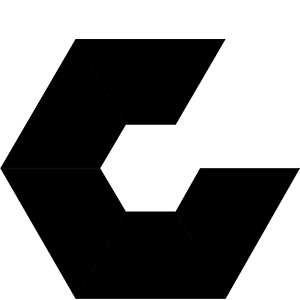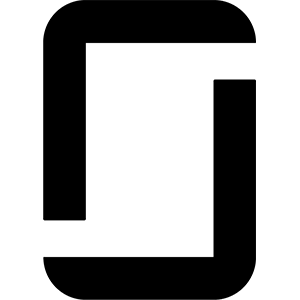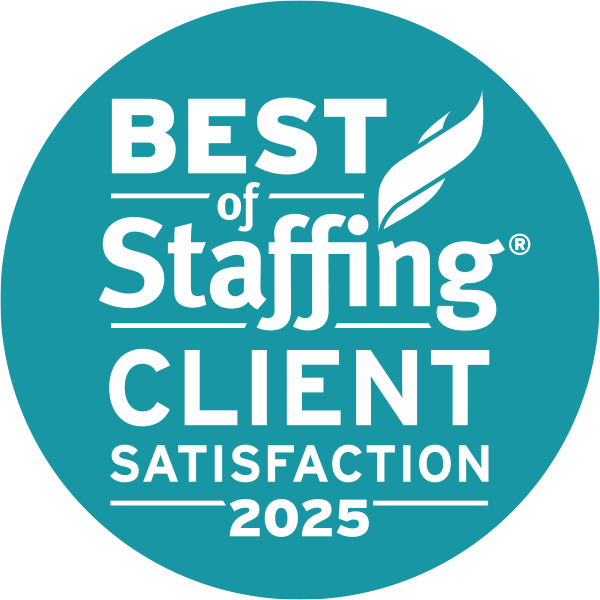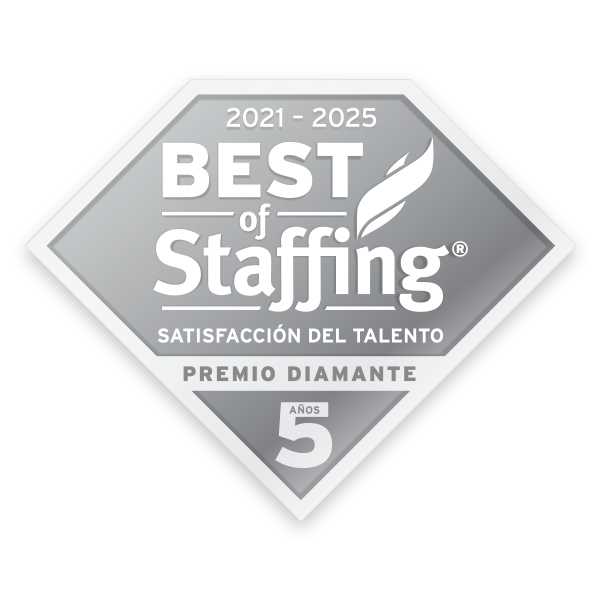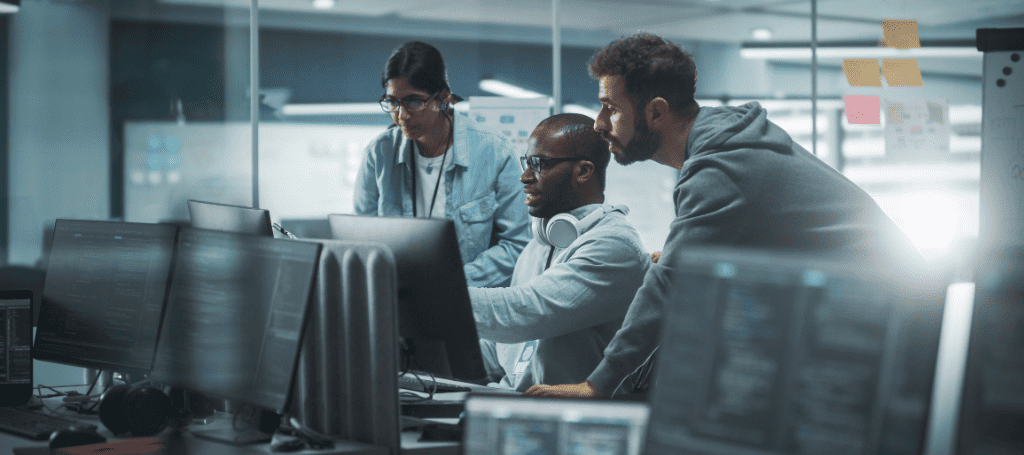
Is your job at risk? If you’re a creative, copywriter, or designer learning about recent artificial intelligence (AI) advancements, this question must have crossed your mind. The answer may depend on how well you can use it.
There’s no question that AI is revolutionizing the creative industry and the world of work. Studies show that 75% of professionals now use AI when performing their daily job responsibilities. The emerging technology can help write everything from blog posts to song lyrics, design photo-realistic imagery, and even develop marketing strategies.
However, creatives remain divided on the impact of AI. In multiple polls, we asked 800+ professionals if the rise in AI would result in a decline in creativity. 51% responded that AI amplifies creativity while 41% believe artificial intelligence limits creativity. Respondents on both sides seemed certain of their stance. Yet, the debate rages on.
The Creative’s Case For AI
We posed the same question to ChatGPT, one of the world’s largest and most powerful AI Ianguage models to date. The model’s answer was as informative as it was insightful. ChatGPT explained that AI can “enhance creativity by providing tools and inspiration to artists, writers, and designers.” At its current state, generative AI can be used for:
- Ideation, Concepting and Prototyping
- Writing and Content Generation
- Design and Image Creation
- Automation
- Video and Animation
- Voiceover, Audio and Music Production
- Strategy, Research and Analysis
However, critics are concerned that AI could stifle human creativity and contribute to low-quality work. Recognizing both sides of the debate, ChatGPT impressively acknowledged the view that “reliance on AI-generated content may lead to a homogenization of creative output, with works lacking originality and diversity.”
In the model’s own words, people’s fear is that “if AI becomes too dominant in creative fields, it could discourage human exploration, risk-taking, and the development of unique artistic voices.”
Interestingly, some leading marketing executives believe the opposite to be true. They say that increased AI use will only increase the potential value placed in human-generated creativity. In this opinion, over-reliance on AI could turn authenticity into a more desirable commodity.
Other advocates point out that AI was predicted to create over millions more jobs than it takes. The rise in AI has already led to a need for new skill sets and emerging roles, such as AI data analysts, AI strategists, and AI prompt engineers. The technological disruption has also opened new opportunities for talent in long-time creative positions.
The Creative Limitations of AI
Skilled creative directors, content strategists and design leaders are not only uniquely equipped to craft effective AI prompts; they also intuitively know how to turn AI-generated outputs into creative works that impact people in ways that AI cannot yet compute.
ChatGPT itself explained that artificial intelligence currently “lacks genuine human-like creativity and the ability to truly understand and appreciate the nuances of human emotions, experiences, and cultural contexts.”
The model continued, “While AI can mimic certain creative styles or generate content based on patterns in existing data, it does not possess the depth of human imagination, intuition, and contextual understanding that contribute to truly groundbreaking and emotionally resonant creative works.”
Every model is different, but many have similar limitations. Models like ChatGPT are still often unnecessarily verbose, reuse certain phrases, guess user intent and may respond based on your prompt, not the facts. When using ChatGPT, a disclaimer once read, “ChatGPT can make mistakes. Check important info.” This disclaimer is no longer listed, but it remains to be true.
Once prominently explained on OpenAI’s website, these mistakes continue to include:
- Occasional generation of incorrect information
- Occasional production of harmful instructions or biased content
- Limited knowledge of recent world events without real-time internet access
On the art side, AI tools can now be used for more than mockups alone, but not all models and outputs are equal. Among the technology’s many design limitations, it remains challenging to achieve realism consistently, on-image text often appears distorted, video applications are limited, and the quality unquestionably varies.
Across AI models and categories, the current disclaimers are note-worthy. Yet, the technology is rapidly advancing, and AI’s proven potential is undeniably remarkable.
So, will AI amplify creativity or impede it?
Again, the answer may depend how you’re using it. If you’re not leveraging artificial intelligence at all, you could be missing an opportunity to improve efficiency. If you’re not combining AI capabilities with human expertise, you’re not using AI properly. The purpose of AI today isn’t to replace creatives; it was built to support them.
From Grammarly to Canva, many professionals already use tools that have built-in AI features without even realizing it. As with any technology, misuse can lead to mistakes. However, most would agree that the value of a tool shouldn’t be measured by its users’ capacity for error.
When creatives, marketers and designers leverage AI for ideation, research and automation, they can save time, energy and money. In the right hands, AI technologies can enable marketers to improve go-to market operations, more deeply understand customers, and more effectively connect with audiences. So, rather than ask what AI will take from you or do for you; consider what you can do through AI.
It takes human talent to use AI to its fullest potential.
Onward Search helps companies hire proven AI experts, train creative teams, and adopt the latest technologies. We’ve empowered the world’s leading brands to develop renowned chatbots, integrate AI into their workflows, and drive productivity through innovation.
Request AI-skilled talent or training.
Tell us what you’re looking for, and connect with proven AI experts.
